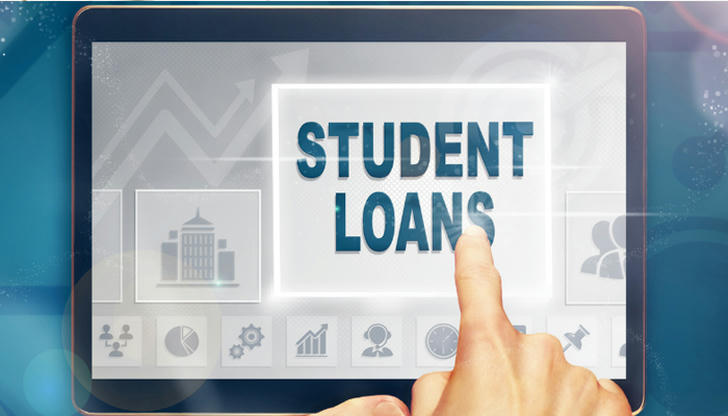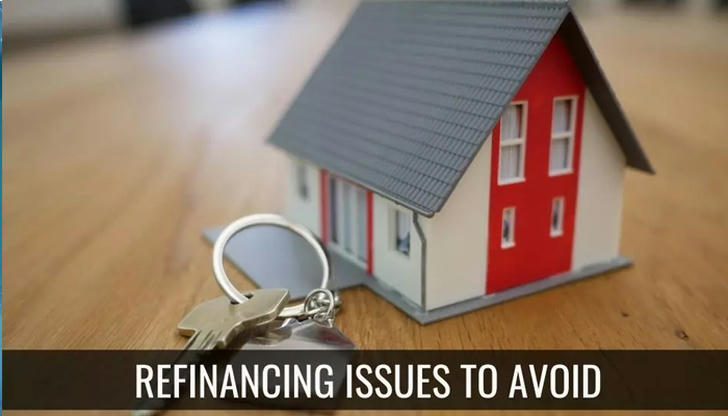Student Loan Refinancing: Is It Right for You?
Student loan debt has become a significant financial challenge for millions of Americans, with total outstanding student loans surpassing $1.7 trillion. The pressure of managing high monthly payments and steep interest rates can delay important life goals such as homeownership, retirement savings, and financial independence.

One solution gaining popularity is student loan refinancing. Refinancing offers borrowers the opportunity to secure better loan terms—often lower interest rates—by replacing their existing student loans with a new one through a private lender. But is refinancing suitable for everyone? This guide examines how refinancing works, who it benefits, and what to consider before making the switch.
What Is Student Loan Refinancing?
Student loan refinancing involves taking out a new loan from a private lender to pay off one or more existing student loans—federal, private, or both. The new loan ideally comes with a lower interest rate or more favorable repayment terms.
Refinancing is distinct from federal loan consolidation, which combines multiple federal loans into a single loan managed by the government. Refinancing, done through private financial institutions, can offer greater savings but comes at the cost of losing federal protections.
How Does Refinancing Work?
The refinancing process typically includes the following steps:
- Assess Current Loans: Gather details about your existing loans, such as balances, interest rates, and monthly payments.
- Research Lenders: Compare offers from multiple private lenders.
- Check Eligibility: Most lenders require a strong credit score, stable income, and low debt-to-income (DTI) ratio.
- Apply for Refinancing: Submit a formal application with necessary financial documents.
- Loan Approval: Once approved, the lender pays off your old loans.
- Start Repayment: Begin paying off the new loan based on updated terms.
Who Might Benefit from Refinancing?
1. Borrowers with High Interest Rates
If your student loans have interest rates significantly higher than what lenders are offering today, refinancing could lead to major interest savings.
2. Creditworthy Borrowers
A high credit score (typically 650 and above), stable employment, and low DTI ratio are critical for securing the most favorable rates.
3. Private Loan Borrowers
Since private loans lack federal benefits, refinancing them for better terms carries fewer risks.
4. Those Not Relying on Federal Protections
If you’re not using income-driven repayment (IDR) plans or pursuing Public Service Loan Forgiveness (PSLF), refinancing could streamline your debt repayment.
Who Should Avoid Refinancing?

Refinancing may not be the best choice if:
- You rely on IDR plans to keep monthly payments manageable.
- You plan to qualify for PSLF or other federal forgiveness programs.
- You have unstable employment or income.
- Your credit score is low, making you ineligible for competitive rates.
Converting federal loans to private ones through refinancing permanently eliminates federal borrower benefits.
Advantages of Refinancing
Lower Interest Rates
Replacing higher-rate loans with a lower-rate refinance loan can reduce total interest paid over time.
Reduced Monthly Payments
Extending the repayment term or securing a lower rate may result in lower monthly obligations.
Simpler Finances
Combining multiple loans into a single one simplifies budgeting and payment tracking.
Opportunity to Change Terms
Refinancing offers flexibility to choose a shorter term to pay off debt faster or a longer term to ease current cash flow.
Co-Signer Release
A new loan may allow you to release a co-signer from a previous loan agreement.
Disadvantages of Refinancing
Loss of Federal Protections
Refinancing federal loans with a private lender forfeits access to federal programs like IDR, PSLF, and forbearance options.
Credit Score Requirements
Borrowers with poor or limited credit may only qualify for high-interest refinancing—or not qualify at all.
Variable Interest Risks
Some refinance loans feature variable interest rates that may increase over time.
Potential Fees
While many lenders advertise no fees, some may include charges like origination fees—always read the terms carefully.
Choosing the Right Lender

When evaluating refinancing options, focus on:
- Interest Rates: Compare fixed vs. variable options.
- Loan Terms: Choose a repayment timeline that matches your financial goals.
- Lender Reputation: Review customer feedback and financial stability.
- Hardship Options: Check for deferment, forbearance, or unemployment protection.
- Borrower Incentives: Some lenders offer perks like interest rate discounts for autopay or loyalty programs.
Use platforms like Credible, LendKey, or Splash Financial to compare multiple lenders.
Best Practices for Refinancing Success
- Boost Your Credit: Pay off credit cards and fix credit report errors.
- Use a Co-Signer: Enlisting a creditworthy co-signer can help secure better rates.
- Stick with Fixed Rates if Uncertain: Fixed rates provide payment stability.
- Refinance at the Right Time: Look for refinancing opportunities when your income rises or interest rates fall.
- Understand the Fine Print: Review all loan terms and contingencies before signing.
Alternatives to Refinancing
If refinancing isn’t feasible or ideal, consider:
- Income-Driven Repayment: Lower payments based on income and family size.
- Public Service Loan Forgiveness: Available for qualifying public sector workers.
- Employer Repayment Programs: Some employers offer loan repayment assistance.
- Deferment or Forbearance: Temporary payment relief in times of hardship.
Conclusion
Student loan refinancing can help reduce interest costs, lower monthly payments, and simplify your repayment process—but it’s not a one-size-fits-all solution. The decision to refinance depends on your loan type, financial stability, credit profile, and long-term goals.
If you hold private loans or don’t rely on federal borrower protections, refinancing may be a smart financial strategy. However, for borrowers who benefit from federal programs, the trade-offs can be significant. Always research thoroughly, compare multiple lenders, and consult a financial advisor if unsure. Making the right decision now can put you on a clearer path toward financial freedom.
